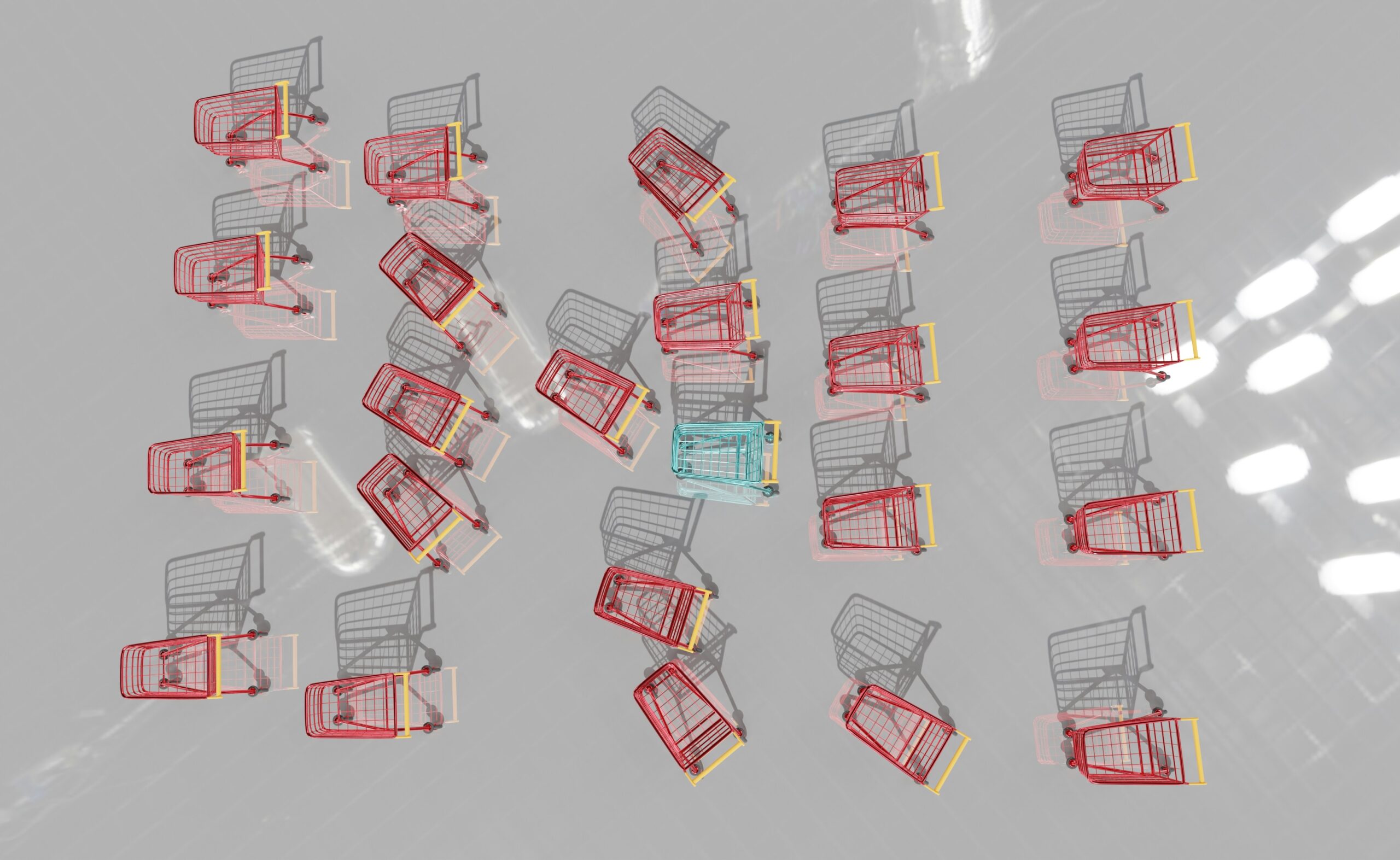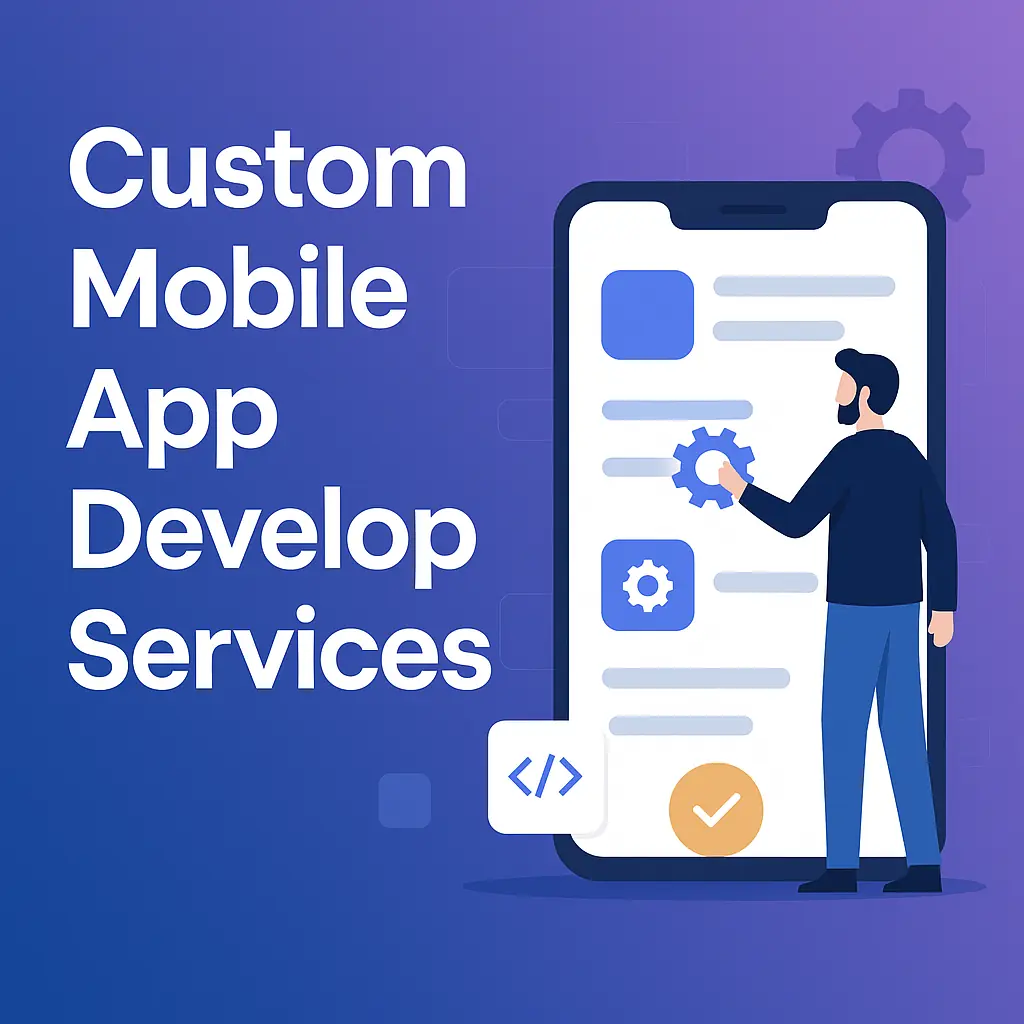Understanding eCommerce Carts: What They Are and Their Importance
eCommerce carts, often referred to as shopping carts, serve as integral tools for online businesses, playing a critical role in the digital shopping experience. At their core, eCommerce carts allow customers to select products, manage quantities, and proceed to checkout seamlessly. This functionality not only streamlines the purchasing process but also significantly impacts customer satisfaction and loyalty.
The importance of an effective eCommerce cart system cannot be overstated. A well-designed cart optimizes the user experience by providing a straightforward and intuitive interface, reducing cart abandonment rates. When customers feel that the product selection and transaction process are efficient, they are more likely to complete their purchases. In contrast, a complicated or unresponsive cart can lead to frustration, resulting in lost sales opportunities.
Moreover, beyond merely facilitating transactions, eCommerce carts also enhance the overall shopping journey. Features such as saved carts, wish lists, and easy navigation can significantly improve user engagement. These functionalities encourage customers to return to the site, thereby increasing chances of repeat sales and fostering customer retention. In addition, robust security measures integrated into the cart reassure customers that their personal information and payment details are protected, further enhancing trust and reliability.
In conclusion, eCommerce carts are more than just a checkout mechanism; they are fundamental to the success of online retail operations. Businesses focusing on the usability and efficiency of their carts can expect improved sales performance and heightened customer satisfaction. As the online shopping landscape continues to evolve, the development and optimization of eCommerce cart systems remain a priority for businesses aiming to thrive in a competitive market.
Top eCommerce Carts of 2023: Features and Pricing
As the eCommerce landscape continues to evolve, various shopping cart solutions have emerged to meet the diverse needs of online businesses. This section explores some of the most popular eCommerce carts in 2023, focusing on their distinct features and pricing structures.
First on the list is Shopify, a leading platform renowned for its user-friendly interface. Shopify enables merchants to set up and manage online stores effortlessly, offering a robust selection of themes and customizable options. Its features include built-in payment processing, extensive app integration, and excellent customer support. Pricing for Shopify starts at $29 per month, making it an appealing choice for startups and established businesses alike.
WooCommerce, another popular option, is a WordPress plugin that turns a regular website into a fully functional eCommerce store. It showcases a plethora of customization options, supported by a vast library of plugins that enhance functionality. WooCommerce itself is free to use, but users should consider additional costs for hosting and premium extensions, which may vary widely depending on specific business needs.
Magento stands out for its scalability and flexibility, making it suitable for large enterprises and growing businesses. This open-source platform offers advanced features like multi-store management and customization capabilities, appealing to technically-inclined users. The Magento Open Source edition has no licensing fees, although users must budget for hosting and potential developmental costs, which can be significant.
Lastly, BigCommerce serves individuals seeking a comprehensive solution without the need for extensive technical skills. Known for its high-level built-in features, such as customizable templates and seamless payment processing, BigCommerce ensures a smooth user experience. Pricing starts at $29.95 per month, and its robust architecture makes it an excellent choice for businesses aiming to scale swiftly.
When evaluating these top eCommerce carts, it is essential to consider the unique features and pricing structures of each platform. Understanding these aspects will facilitate informed decision-making, aiding businesses in choosing an eCommerce cart that aligns with their objectives and budgetary constraints.
Choosing the Right eCommerce Cart for Your Business
Selecting the appropriate eCommerce cart is a pivotal decision for any online business. To make an informed choice, one should first evaluate the size of the business. Smaller enterprises may benefit from simpler solutions that cater to their limited inventory and budget, while larger organizations may require more complex systems that can manage extensive product offerings and a high volume of transactions.
Another critical component in the selection process is understanding the target audience. Different customer demographics may prefer distinct shopping experiences. For example, if the majority of your customers are mobile users, it would be wise to choose an eCommerce cart that provides a strong mobile interface. This directs attention towards platforms known for their mobile responsiveness, thereby enhancing customer satisfaction and potential sales.
When examining product offerings, consider not just the quantity but the type of items being sold. Some carts offer specialized features for digital goods, subscriptions, or dropshipping, which can align closely with certain business models. Budgets are equally important; businesses must weigh the upfront costs against long-term benefits. In many instances, investing in a more feature-rich eCommerce cart may yield better returns by enhancing user experience and operational efficiency.
Scalability is another factor worth special attention. As your business grows, the chosen eCommerce solution should be capable of evolving with your needs. This includes not only increasing product numbers but also accommodating more complex functionalities such as international shipping and multi-currency support. Moreover, assess the customer support options available, as prompt and efficient assistance can prove invaluable during crucial situations.
Real-life examples may provide further insights. For instance, a small handmade jewelry store might opt for a platform like Etsy, which aligns with its size and product type. Conversely, a growing fashion retailer might choose Shopify for its scalability and extensive features. Such decisions showcase the importance of aligning your eCommerce cart with specific business requirements to enable sustained growth and success.
Trends in eCommerce Carts: What’s Next for Online Shopping
The realm of eCommerce carts is continuously evolving, shaped by technological advancements and shifting consumer expectations. As online shopping becomes increasingly intertwined with artificial intelligence (AI), we are witnessing a paradigm shift in how businesses design their eCommerce platforms. Emerging trends suggest that AI-driven features will enhance personalization in promotional content, ultimately leading to improved customer engagement and higher conversion rates.
Integration of mobile applications is another trend gaining momentum. As more consumers turn to mobile devices for shopping, it is essential that eCommerce carts provide a seamless, responsive design tailored specifically for mobile platforms. This mobile-first approach ensures that users can navigate, select, and purchase products with minimal friction. The incorporation of features like one-click purchasing, real-time inventory updates, and easy payment options are setting new standards for mobile shopping experiences.
Personalization is emerging as a critical factor in eCommerce strategies. Modern consumers expect tailored experiences, prompting brands to leverage data analytics to deliver unique offerings based on user behavior, preferences, and purchase history. This shift towards hyper-personalization not only enhances the customer journey but also fosters brand loyalty as shoppers feel a stronger connection to the brands that cater specifically to their needs.
Moreover, user experience (UX) design continues to evolve. The focus on creating intuitive and visually appealing interfaces is paramount, as businesses strive to eliminate barriers that could lead to cart abandonment. Enhanced features, such as interactive product displays, augmented reality, and social sharing options, provide added layers of interaction, allowing consumers to engage with products before making a purchase.
In conclusion, as we look ahead, it is evident that advancements in AI, mobile app integration, personalization, and UX design will play crucial roles in the future of eCommerce carts. Businesses must stay attuned to these trends to remain competitive in an ever-changing online shopping landscape.






